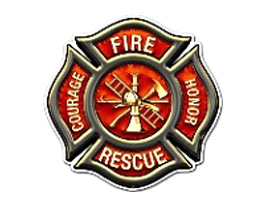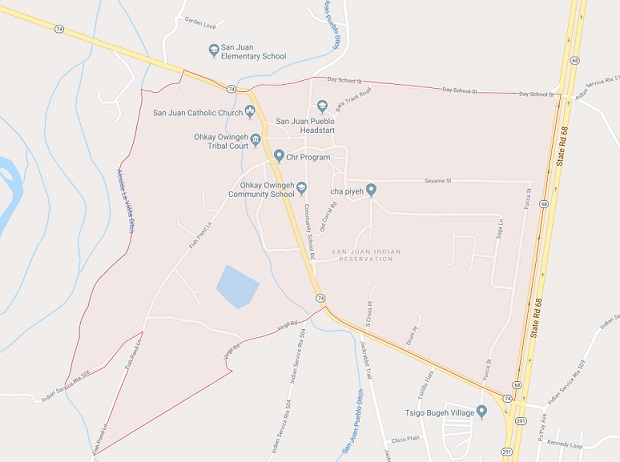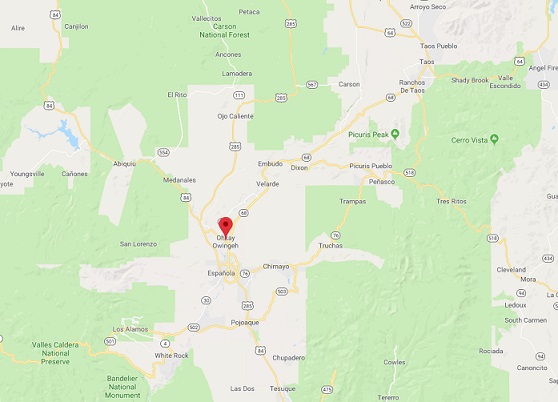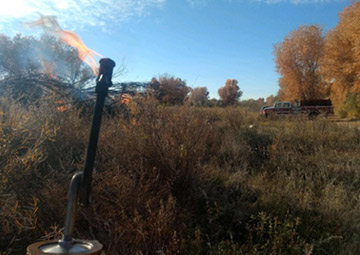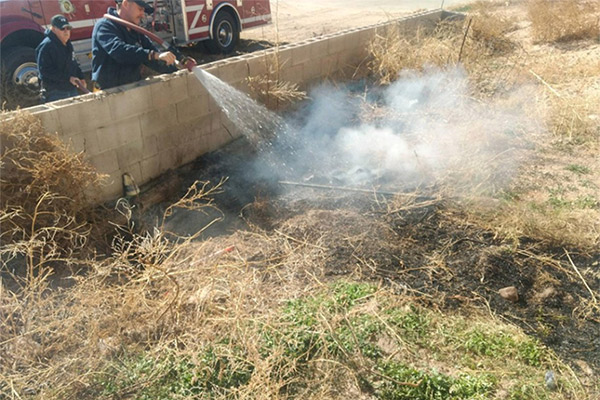
We provide each other a working environment characterized by trust and respect. Our dedicated and well-trained crew member responds to emergencies of all types-big, and small, natural and man-made. We stay on duty at all times to provide all people who live in/our visit our community with the best services possible.
ANNOUNCEMENTS
The fire ban has been lifted. If you are planning on burning, a burn permit is required and can be obtained from the Ohkay Owingeh Environmental Department.Read More


